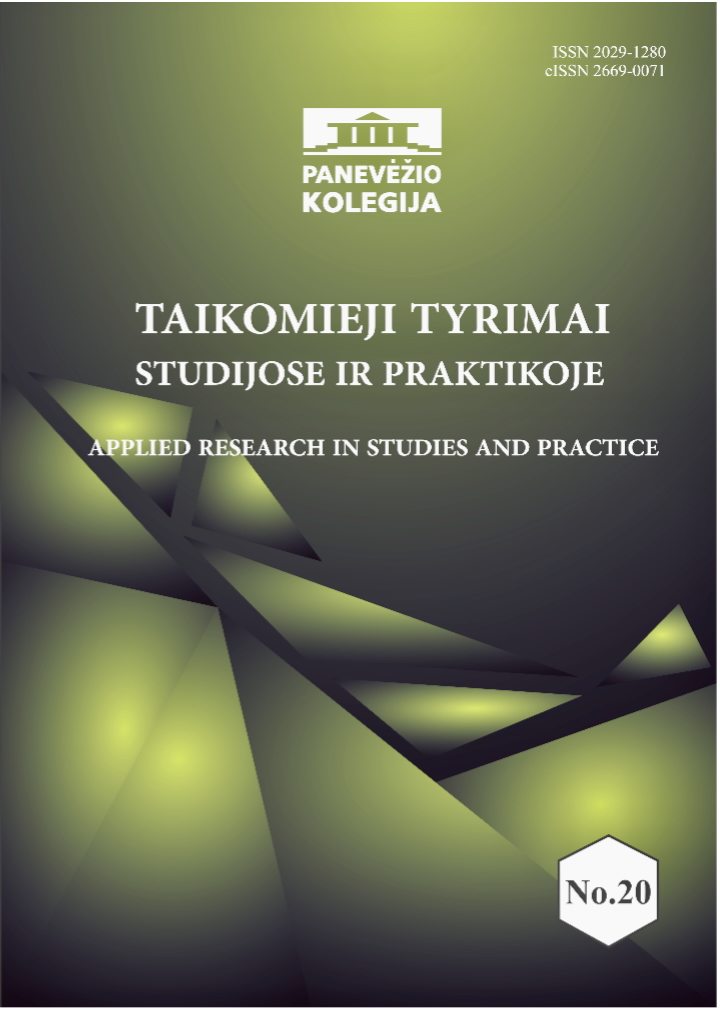DISCOVERING GROUP PROJECTS TO IMPART TECHNICAL SKILLS TO UNDERGRADUARE ENGINEERING STUDENTS
Keywords:
dyads, group composition, group project, technical skills, triads, digital tools in teaching essay writing, essay writing, foreign language, global context, interactive activities, mother tongue, visual aidsAbstract
Group projects in higher engineering education are considered as an effective method for imparting technical skills to undergraduate engineering students. The research aim is to analyse engineering students’ self-evaluation of their participation in group projects during their undergraduate studies. The empirical study was carried out in January-February 2024. 211 undergraduate engineering students from India took part in the online survey questionnaire. For data analysis, the frequency and percentage of respondents’ answers was investigated. The obtained findings were interpreted, and the study results were summarized. The empirical study allowed for finding out that the respondents’ time management skills, team work skills, academic writing and academic presentation essential for the success of group projects’ implementation need to be advanced. The conclusion is that the respondents are aware of the importance and relevance of the group projects’ method for the imparting technical skills to undergraduate students. The empirical study allows for a conclusion that team work skills of engineering students have to be increased as the majority of the respondents expressed their wish to act as the group manager, and not as a group member. The implications on the organization and implementation of group projects are formulated.
Downloads
Published
Issue
Section
License
Copyright (c) 2024 Taikomieji tyrimai studijose ir praktikoje - Applied research in studies and practice

This work is licensed under a Creative Commons Attribution 4.0 International License.

This work is licensed under a Creative Commons Attribution 4.0 International License.
Please read the Copyright Notice in Journal Policy.



